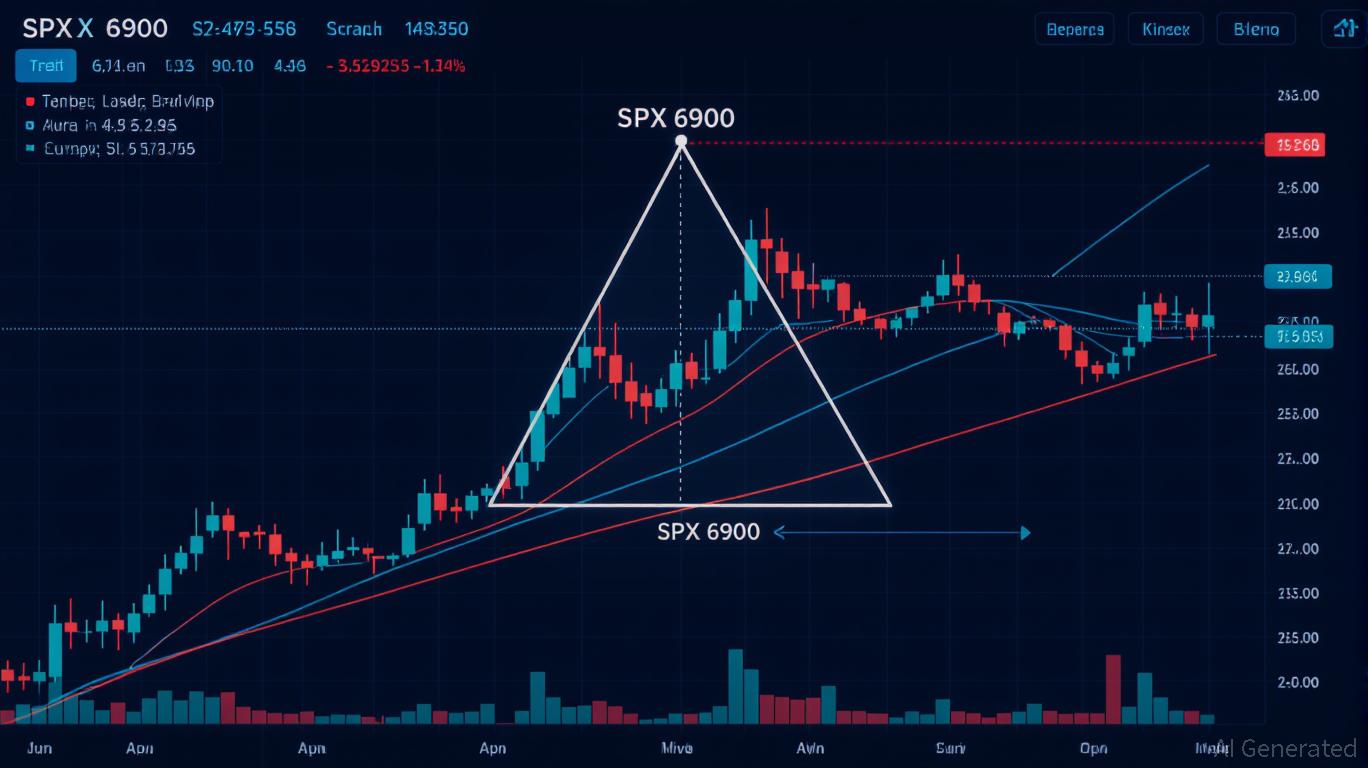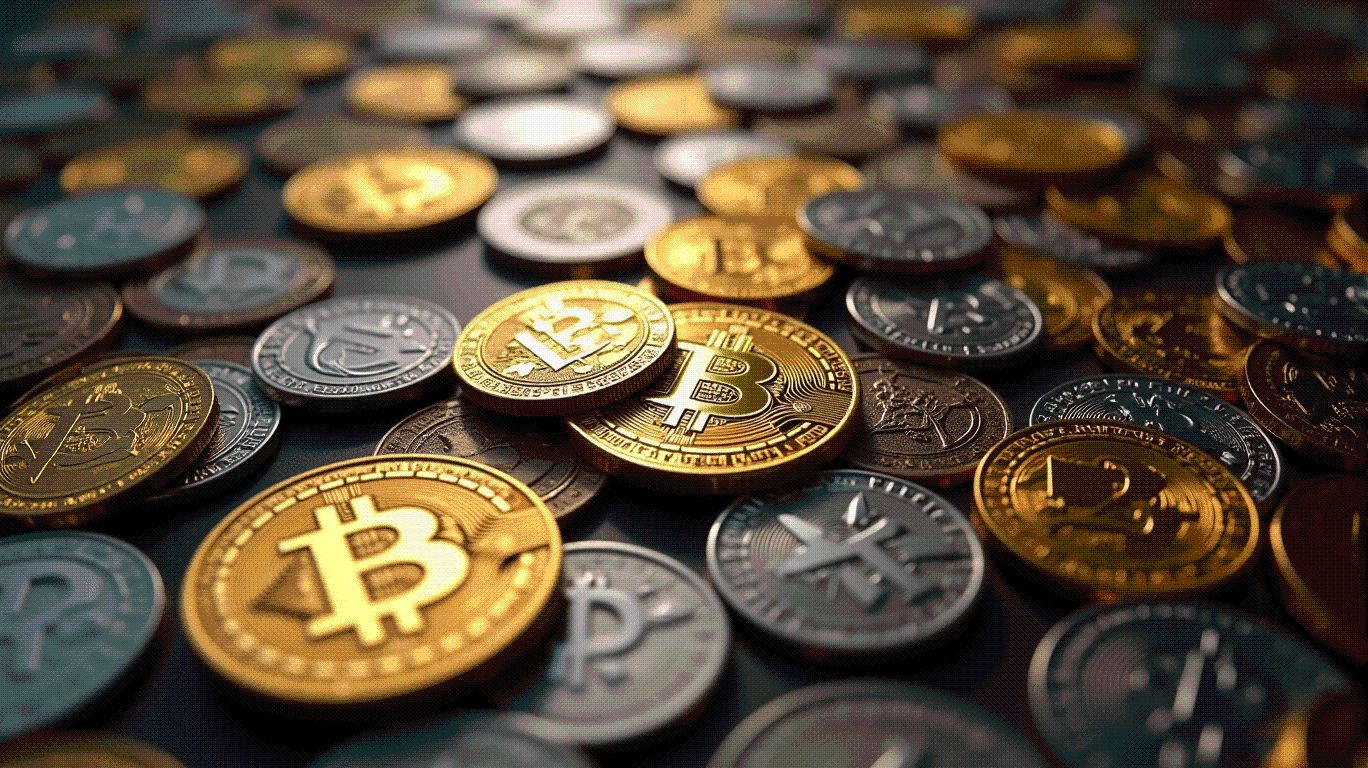Pioneers Criticize Pi Network Over Failure to Transfer Coins to Mainnet
Pi Network’s deadline for KYC and Mainnet migration is just days away, but Pioneers report widespread technical issues. Meanwhile, Pi Coin struggles with market losses and Binance listing uncertainty.
Pi Network users, known as Pioneers, are expressing growing frustration over their inability to transfer their mined Pi Coins (PI) to the blockchain’s mainnet.
The concerns mount as the network’s Grace Period deadline approaches, leaving users with just four days to complete the necessary migration process.
Pi Network Sets March 14 Deadline for KYC and Mainnet Migration
The Pi Network has set a critical deadline for users to complete their Know Your Customer (KYC) verification and Mainnet migration. According to the announcement, Pioneers must finalize these processes by 8:00 AM UTC on March 14, 2025.
Failing to do so will result in the loss of most of their Pi holdings. However, coins mined within the past six months are exempt from this. The Grace Period, introduced to give users ample time to complete verification, has already been extended multiple times.
As per the Pi team, these extensions were designed to accommodate as many legitimate users as possible, ensuring their balances could be verified and migrated.
“The end of the Grace Period is inevitable to make sure the network can move on in its new phase without large sums of unverified and unclaimed mobile balances,” the blog read.
Despite this urgency, numerous Pioneers have reported issues preventing them from transferring their PI to the Mainnet. Among them is Jaro Giesbrecht. In a post on X (formerly Twitter), Giesbrecht claimed he had completed the Mainnet checklist but remained stalled.
“The Pi network has done nothing to help solve this problem. It is a very common problem. Pi has done nothing to help fix this and other problems,” he wrote.
Giesbrecht intensified his criticism, arguing that the deadline should be extended until all Pioneer issues are resolved. He suggested that failing to do so would render the entire process ineffective and raise concerns about the project’s legitimacy.
The issue appears widespread, with other Pioneers echoing similar complaints on X.
“The whole process is a joke. ~80% of my balance shows as unverified, although all of my security circle has completed KYC. No additional actions are listed to be taken in order to clear this up. Furthermore, nobody got back to me on a support ticket I opened weeks ago. What gives?” remarked a user.
Furthermore, users also noted that Step 9 on the Mainnet checklist—”Migrate to Mainnet”—remains unresolved, leaving their Pi balances in limbo.
“What’s the problem with the mainnet migration? Are we to forfeit our mined PI due to an error from your end?” a user posted.
 Pi Network Mainnet Migration Issues. Source:
X/Abissan
Pi Network Mainnet Migration Issues. Source:
X/Abissan
Pi Coin Sees Double-Digit Losses Amid Binance Listing Uncertainty
While the looming deadline worries many, others eagerly await March 14, widely recognized as Pi Day. The occasion has sparked optimism for a potential price surge despite Pi Coin’s recent struggles in the market.
“As long as we don’t break $1.2 support, I’m bullish. PI day is approaching, and hopefully, we will see a pump,” an analyst wrote.
Over the past week, PI has lost 16.3% of its value. Moreover, in the last 24 hours, it suffered a double-digit drop, trading at $1.40 at press time. This represented a decline of 12.2% over the past day alone.
 Pi Coin Price Performance. Source:
BeInCrypto
Pi Coin Price Performance. Source:
BeInCrypto
The Pi Network community’s concerns go beyond price movements, as many Pioneers continue to push for Binance to list Pi Coin.
While Binance has not officially announced anything regarding PI, it recently introduced “Vote to List” and “Vote to Delist” features. The system has fueled hopes that the move would make it easier for PI to get listed.
However, these tools do not grant users full authority, as Binance retains the final decision-making power. Therefore, the uncertainty surrounding the decision has led to frustration.
Notably, the community vote concluded on February 27 with an overwhelming 86% majority in favor of listing Pi Coin. Yet, with no official response from Binance, Pioneers have erupted in outrage.
In protest, they flooded the exchange with one-star reviews on Google Play Store. A similar decline in ratings was observed on Bybit. The exchange’s CEO had previously called Pi Network a scam.
Disclaimer: The content of this article solely reflects the author's opinion and does not represent the platform in any capacity. This article is not intended to serve as a reference for making investment decisions.
You may also like
SPX6900's Bearish Downturn and Whale Activity: Is the Meme Coin Set for a Critical Breakdown?
- SPX6900 (SPX) has dropped 22% to $1.97 as whale selling, weak technicals, and bearish derivatives signal a critical breakdown. - Whale activity shows profit-taking via large sales, with 134 whale transactions on June 9 and a $4.46M dump on July 20 triggering price declines. - Technical indicators (EMA, RSI, MACD) and derivatives data (12% open interest surge) confirm deteriorating momentum and short-position dominance. - Meme coin's volatility and lack of fundamentals amplify risks; investors advised to

The $5 Trillion Crypto Shift: Ethereum, Hyperliquid, SUI, and the High-Risk Allure of XYZVerse
- The $5 trillion crypto shift is driven by Ethereum’s institutional adoption, Hyperliquid’s trading infrastructure, SUI’s long-term potential, and XYZVerse’s speculative appeal. - Ethereum’s ETF inflows and staking dominance (35.7M ETH staked) solidify its role as a reserve asset for institutions. - Hyperliquid’s $29B daily volume and hybrid model bridge DeFi and institutional liquidity needs. - SUI’s 21.71% 6-month gain and institutional adoption highlight its scalable infrastructure potential. - XYZVers

The Case for XRP, Dogecoin, and Pepe in the Upcoming Bull Run
- XRP gains institutional traction post-SEC legal resolution, with ETF approvals and cross-border partnerships boosting regulated adoption. - Dogecoin maintains cultural relevance through meme-driven momentum, though its high-beta profile suits risk-tolerant investors. - Pepe Coin (PEPE) embodies speculative volatility, relying on social media hype and community sentiment for price swings. - Tapzi (TAPZI) emerges as a presale utility-driven project, blending gaming innovation with blockchain to attract bot

The Strategic Case for Cold Wallet (CWT): Early Participation as a Path to Long-Term Value in a Fragmented Crypto Market
- Cold Wallet (CWT) combines cashback rewards, tiered incentives, and institutional-grade security to create a sustainable crypto ecosystem. - Its 150-stage gamified model offers escalating gas rebates (up to 100%) and governance rights, with token prices projected to rise 3,423% by listing. - Deflationary tokenomics (90% presale lock, 40% liquidity allocation) and audits by Hacken/CertiK reinforce trust in a volatile market. - A 25% referral reward pool and Plus Wallet's 2M users accelerate network effect

